Since ancient times, humans have realized how important the sun was to their existence. Rightly so, for without it, none of us or any form of biological life could have formed on this big ball we live on which we call Earth.
The sun has been worshiped as a diety by many ancient civilizations, our calendar revolves around our planet's trip around it and our days are marked by the Earth's spin relative to it. Otherwise, we wouldn't have days and nights, and we wouldn't have weekends, which is scary to say the least.
You might have heard before that our sun is powered by nuclear fusion. All that gravity compresses the core, making it reach a ridiculously high temperature (tens of millions of degrees, give or take). Except, that's not hot enough for nuclear fusion!
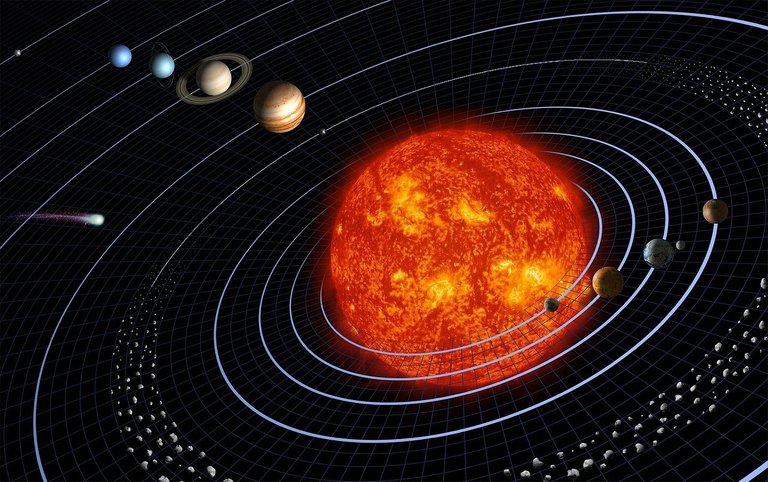
All stars (our sun included) have to do nuclear fusion, which is what makes the shine. And all of them have nuclear fusion happening in their cores, which is what it means to even be a star.
Stars can be plotted on what we call Hertzsprung–Russell diagram (HR diagram). The group they fall into, tells us a lot about where they are in their life cycle. Our sun is in the "main sequence" group of stars, which means it's in the main part of its life. In other words, its main source of energy is Hydrogen Fusion. [1]
Hydrogen fusion is when 4 hydrogen nuclei (protons) come together to form one Helium nucleus.
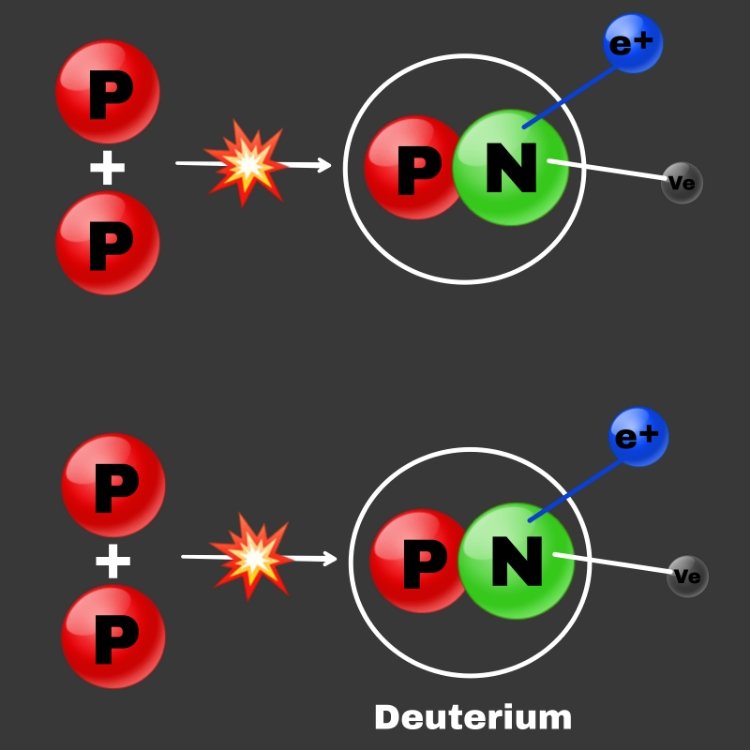
When the positron that is emitted from the beta decay encounters its antiparticle (An electron), the pair annihilate to form Gamma ray, which is the most energetic form of photons.
These Gamma rays eventually work their way up from the core of the sun, and out into space in the form of sunlight (even though that's a minor source). 🌞
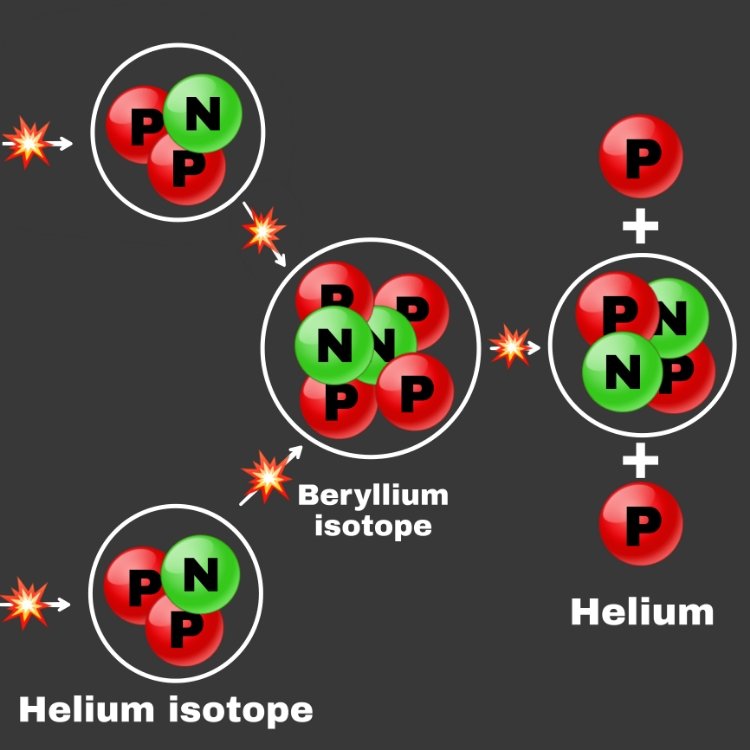
And energies are released each step of those processes. Starting with 4 Hydrogen nuclei (4 protons) and ending up with Helium. If we look at the atomic weight of those 4 Hydrogen atoms vs the weight of one Helium, we'd find the 4 Hydrogen atoms weigh slightly more than the resulting Helium atom. Mass gets converted into energy in that fusion process. And that tiny difference is responsible for nearly all the energy that you see coming from the sun. 🌞
Each fusion reaction releases about twenty-seven mega electron volts (27MeV) of gamma ray photons. Doing the calculation by E = mc2 that would be the equivalent to the mass of about 50 electrons. For comparison, our body would use 4 million million MeV's just to perform a simple task like going one step up a ladder. So it's a super tiny amount of energy as far as we are concerned. The sun however, produces a lot of energy because there's an enormous amount of those reactions happening at the same time. About 1038 reactions (that number is 1 followed by 38 zeroes) every single second. [3]

Fusion is inherently a quantum mechanical process. As mentioned earlier, 4 protons have to stick together for fusion to happen which isn't easy at all, the problem is protons all have positive charges, and as you know, similar charges repel each other. So the protons would repel each other if they get too close. At those tiny nuclear distances, there would be about 50 pounds of force pushing them apart. It's a ridiculous amount of force for subatomic particles. [5]
Get them just close enough, however, and the strong nuclear force would overcome that repulsion and can hold the protons together. And that's basically where those millions of degrees come from, the hotter the core is, the faster the particles would move and the more they would bump into each other.
The issue is, having protons bump into each other is not enough. Even that degree of 15 million Celsius is not hot enough to keep that fusion process going!
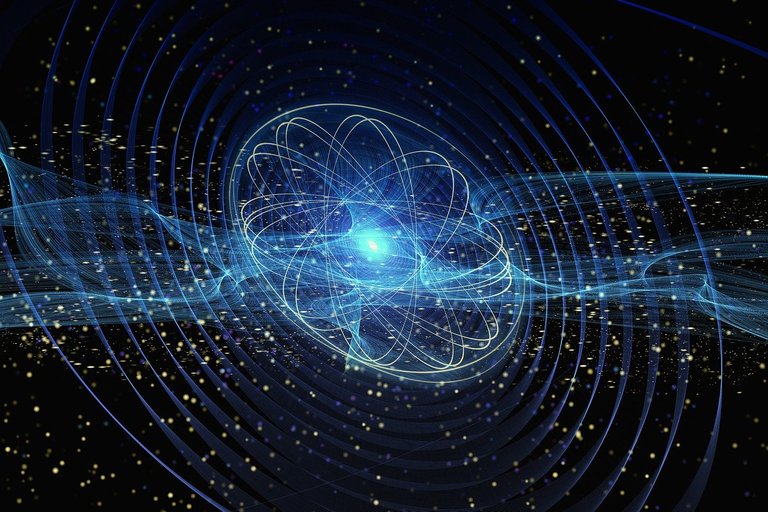
Quantum tunneling
When we try our hands with nuclear fusion here on Earth, we need hundreds of millions of degrees for it to happen, so those tens of millions of degrees in star cores aren't sufficient on their own to explain why the fusion is happening.
The real reason why nuclear fusion happens, is what we call Quantum Tunneling.
To overcome a barrier, you would need to go over or around it usually. Imagine a rolling ball that is trying to get over a slope, if the ball doesn't have enough energy to reach the top of that slope and go over it, it would just roll back down the direction it came from. But if it has enough energy to overcome the slope barrier, then it would roll up all the way and over that slope to the other side.
In the weird world of subatomic particles, things behave differently in non-intuitive ways compared to what we are familiar with in our normal scales. Probabilities are the best we could hope for to know the position of a particle for example. Each particle (including the protons that we are trying to get fused) are really like a tiny wave of quantum probability. Their behavior, where they are, what they are doing, it's all probabilistic.
And at that subatomic scale, there's a non-zero chance to even find a particle at the other side of that slope barrier if it's say thin enough, without it having the required energy to overcome the slope. It is as if that particle has tunneled through the barrier instead of going over it.
Hence the name "quantum tunneling".

Without that behavior of the quantum world (quantum tunneling), the stars, and our sun included, wouldn't be able to fuse anything, it simply wouldn't shine!
And it's a numbers game, the probability for the tunneling to happen is extremely small. As I mentioned earlier, to make fusion here on Earth in a reactor, we would need hundreds of millions of degrees even with the tunneling going on vs 15million degrees Celsius for the sun. Simply because we don't have as many atoms to play with, BUT the sun does.
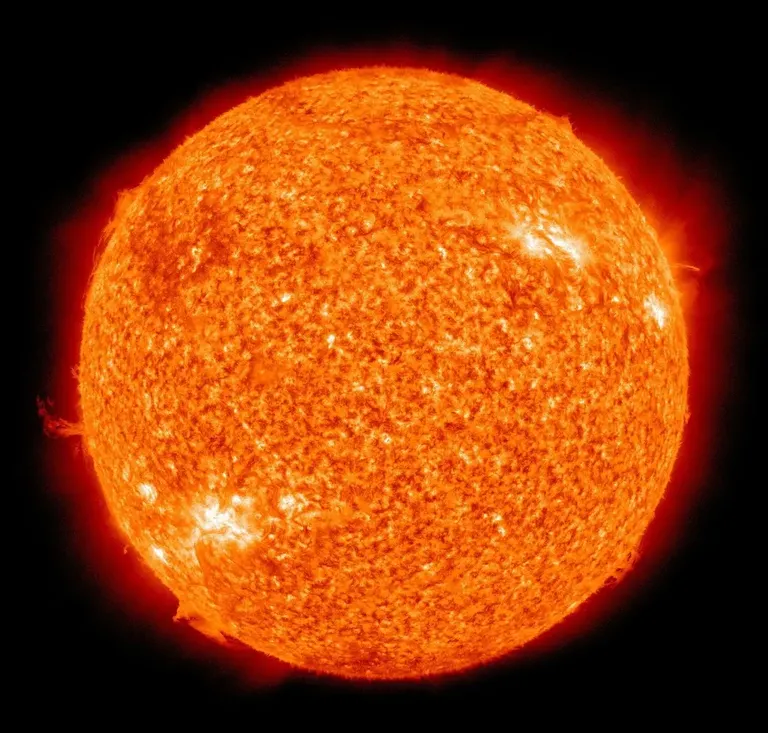
That makes about 1057 protons, the core of the sun where fusion happens, however, has only about 12% of the sun's protons. So that's about 1056 protons in the core (Still a lot).
The chances of two protons would quantum tunnel together is only about 1 in 1028 chance. super terrible odds! But the number of the protons in the core makes up for that, as with THAT many protons bumping into each other, the chances of some of them quantum tunneling isn't that rare at all.
We only need 1038 such reactions to happen each second, and there's enough protons in the sun's core for it to happen for thousands of millions of years!
The sun is in a constant battle between two forces. Gravity which pushes on itself inwards, trying to crush it. And the nuclear energy that is getting released pushing against that gravity outwards, trying to tear it apart.
After about 5 more billion years, however, sadly our beloved sun would end up losing that battle once it runs out of its fuel. [3]
But until then, we can enjoy it while it lasts!

● Thank you for reading ●
● •
1- Stellar Neucleusynthesis | 2- Proton-Proton Chain reaction | 3- The Sun | 4- Quantum Tunneling | 5- Nuclear Fusion |

© 2022 @yaziris.




